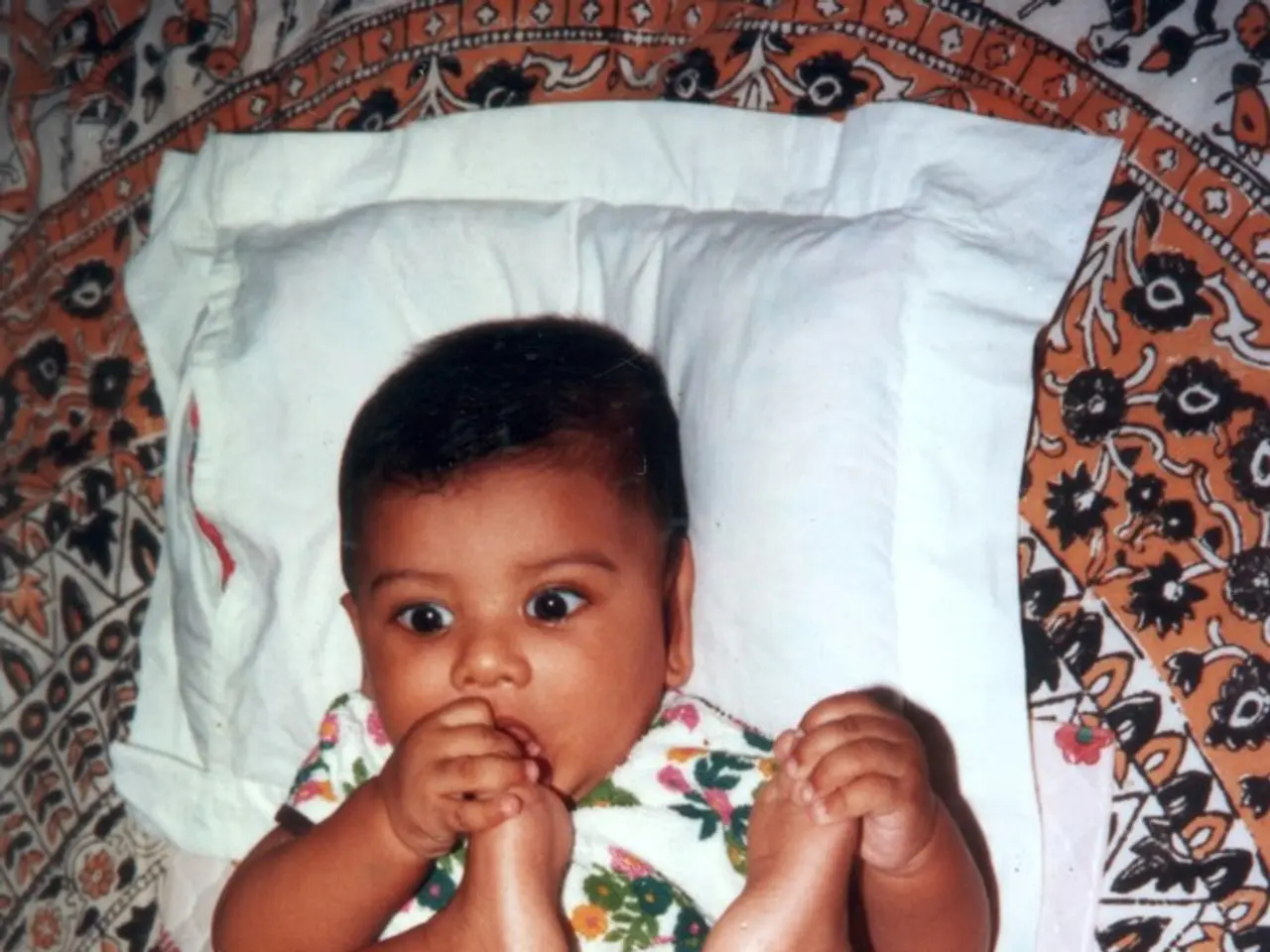Various Shapes of Human Bodies: An Overview
In today's world, understanding the connection between body types, gender identity, and body image is more important than ever. Here's a look at how body types intersect with identity, cultural norms, and health.
According to health guidelines, adults should aim for 150 minutes of moderate physical activity each week. However, understanding the three different body types - ectomorph, mesomorph, and endomorph - can provide insights into individual health and well-being.
An ectomorph body type is lean and slender, with less body fat and muscle. On the other hand, an endomorph body type has more stored fat and muscle. A mesomorph body type is athletic and strong. It's essential to note that people do not typically fit into just one body type; they are constantly in flux and generally fall within a spectrum between all three types.
Research in the field of gender studies highlights the importance of the body as a site where gender identity is physically and symbolically manifested. Transgender and nonbinary studies, in particular, emphasize the role of body type in personal and social experiences of gender. Body type can affect how individuals negotiate their gender expression and how society perceives and validates their gender.
Critical queer scholarship, especially regarding fat embodiment, shows that body size intersects with gender identity, sexuality, race, and disability to produce unique experiences of marginalization or privilege. Challenging fatphobia and normative body ideals is essential to recognizing diverse gender identities fully.
Including participants with expansive gender identities acknowledges varied embodiments and gender expressions beyond traditional male/female categories. This inclusivity allows research to better address discrimination, healthcare needs, and social justice issues relevant to these populations.
Media and cultural representations of body types, particularly in relation to gender, affect body image and self-perception. Body-positive content that includes diverse body types has been shown to improve mood and body satisfaction across different groups, supporting more inclusive standards of beauty and gender presentation.
Advances in biomedical research recognize physiological and neurological factors in gender identity development and the importance of gender-affirming care that considers varied body types and identities.
Examples of celebrities with different body types include Beyoncé (endomorph), Chris Pratt (endomorph), Chris Hemsworth (mesomorph), Madonna (mesomorph), Dita Von Teese (ectomorph), Kate Winslet (hourglass), Salma Hayek (hourglass), Scarlett Johansson (hourglass), Sofia Vergara (hourglass), Adele (oval or apple), Amy Schumer (oval or apple), Catherine Zeta-Jones (oval or apple), Drew Barrymore (oval or apple), Kate Upton (oval or apple), and Brad Pitt (ectomorph).
It's important to remember that all bodies are beautiful and unique, but they are only a part of what defines a person. How individuals treat others and behave are also essential aspects.
The National Eating Disorders Association (NEDA) outlines some thought patterns a person may consider to help form a more positive body image. If a person suffers from low body image issues or body dysmorphia, they should seek support from a healthcare or mental health professional. The National Alliance for Eating Disorders offers a daytime helpline staffed by licensed therapists and an online search tool for treatment options.
In conclusion, body type is a crucial facet of gender embodiment that intersects with identity, cultural norms, and health. Research that includes diverse and expansive gender identities and body types fosters a more comprehensive understanding of gender and supports more equitable and affirming social and medical practices.
- Science has shown that understanding body types – ectomorph, mesomorph, and endomorph – can provide insights into an individual's health and well-being, even from a predictive standpoint in the field of health-and-wellness.
- The connection between body type and gender identity is significant in today's world, with research in gender studies suggesting that body type can affect how individuals negotiate their gender expression and how society perceives and validates their gender.
- Complementing physical fitness-and-exercise guidelines with mental health support is essential, especially for those who may struggle with body image issues or body dysmorphia, as highlighted by the National Eating Disorders Association (NEDA).
- Bipolar disorder is not necessarily linked to body type; however, understanding and addressing diverse body types and identities is crucial for delivering gender-affirming care, as advances in biomedical research recognize the importance of considering varied body types and identities in the context of neurological and physiological factors.




